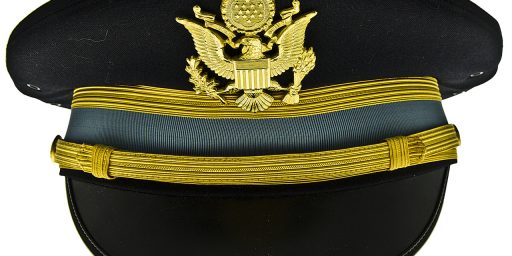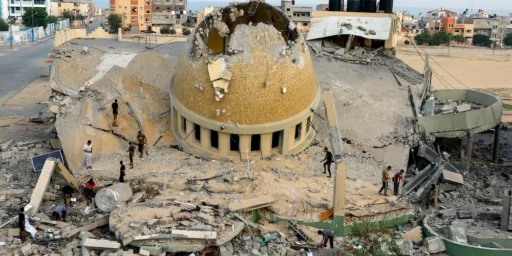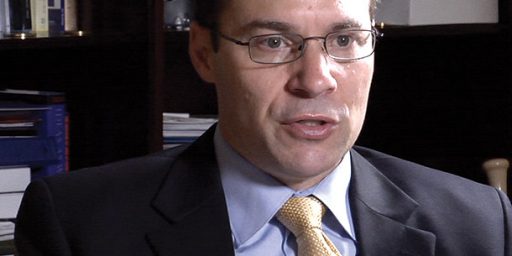PROFESSOR NAGL’S WAR
NYT Magazine has an illuminating piece entitled, "Professor Nagl's War." It's especially interesting to me because I knew John Nagl when he was an 18-year-old cadet on the West Point debate team. He was a very impressive fellow then and has certainly gone on to do well for himself.
NYT Magazine has an illuminating piece entitled, “Professor Nagl’s War.” It’s especially interesting to me because I knew John Nagl when he was an 18-year-old cadet on the West Point debate team. He was a very impressive fellow then and has certainly gone on to do well for himself:
He graduated close to the top of his West Point class in 1988 and was selected as a Rhodes scholar. He studied international relations at Oxford for two years, then returned to military duty just in time to take command of a tank platoon during the 1991 Persian Gulf war, earning a Bronze Star for his efforts. After the war, he went back to England and earned his Ph.D. from St. Antony’s College, the leading school of foreign affairs at Oxford.
His dissertation is out as a book, Counterinsurgency Lessons from Malaya and Vietnam: Learning to Eat Soup with a Knife (Praeger, 2002).
The article is mainly narrative and rather hard to excerpt. I’ll provide one and direct your attention to the link above to read the rest:
Nagl struggles to achieve the right calibration in Iraq. I went on several cordon-and-search raids with him and his men, and as we drove in his Humvee he would always make a point of waving at civilians. A small gesture, for sure, but it showed what was on Nagl’s mind. The gesture was appreciated by some; from others it elicited hard stares.
The paradox might be impossible to resolve. The United States military has done a good job, in general, of limiting what it refers to as ”collateral damage” in its occupation of Iraq. Yet for every raid that finds its target, there seem to be nine that don’t, and in those nine, soldiers often point weapons at civilians, drive through fields and backyards, break down doors and detain people who are later released. This is the inherent messiness and slowness of counterinsurgency that T.E. Lawrence wrote of, and it is a key reason that the failure rate in counterinsurgency is so high.
”I didn’t realize how right Lawrence of Arabia was,” Nagl said to me once. ”My first experience of war was the gulf war, which was very clean. We shot the tanks that didn’t look like ours, we shot the enemy wearing a uniform that didn’t look like ours, we destroyed the enemy in 100 hours. That’s kind of what I thought war was. Even when I was writing that insurgency was messy and slow, the full enormity of that did not sink in on me. I am seeing appreciable progress, but I am starting to understand in the pit of my stomach how hard, how long, how slow counterinsurgency really is. There is no prospect it’s going to end anytime soon.”
I suspect John’s right.
Via Command Post.





I like the many applications of his observation that we can say things we know in our heads, but it doesn’t really mean that we know them in our guts yet.
Something to remember.